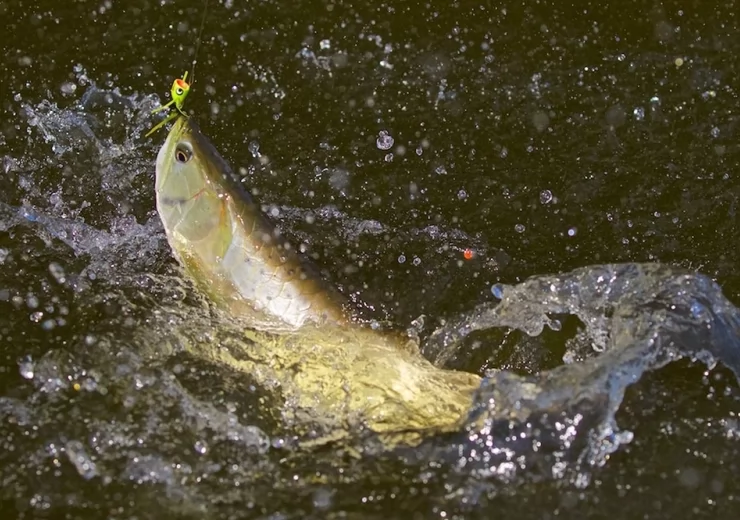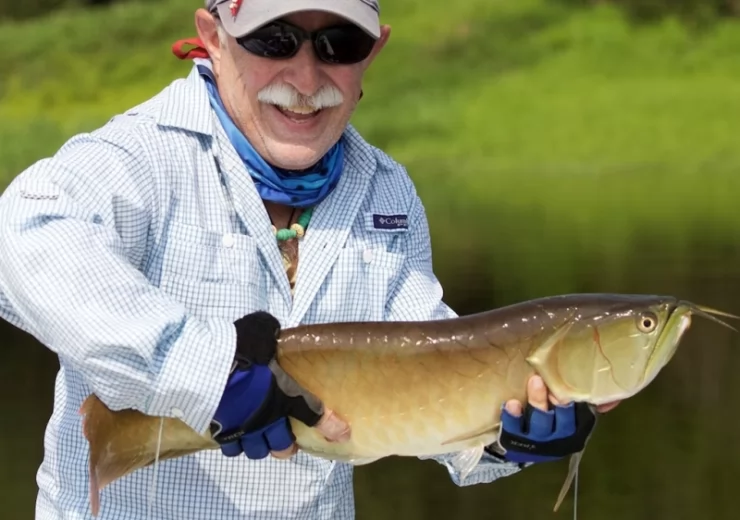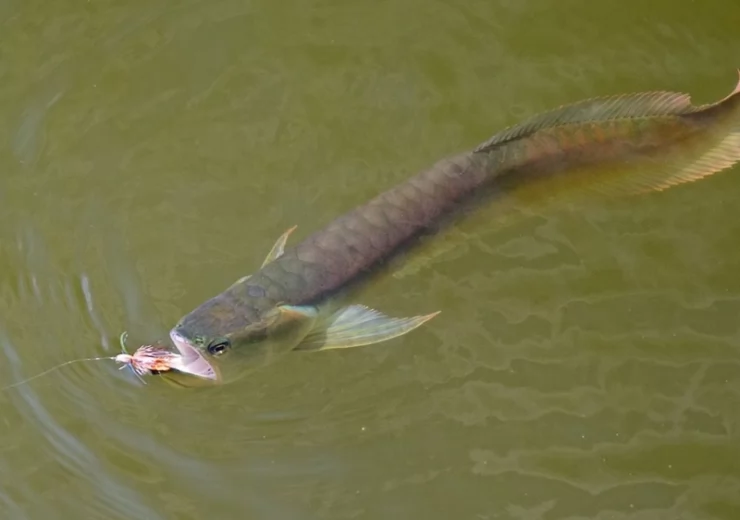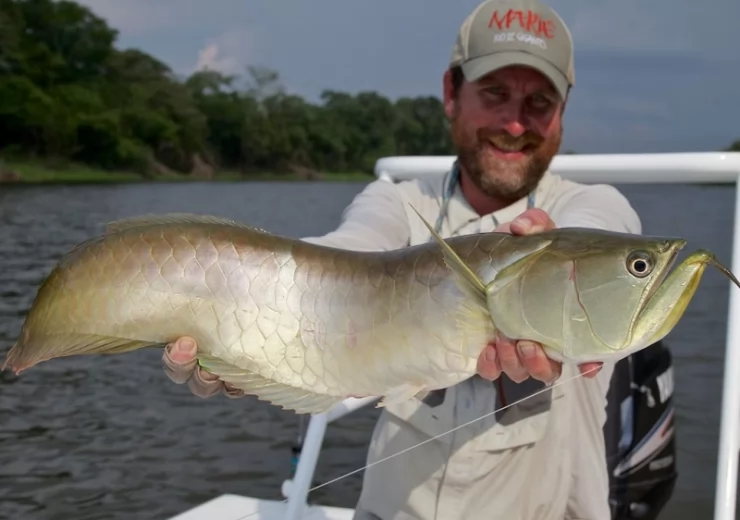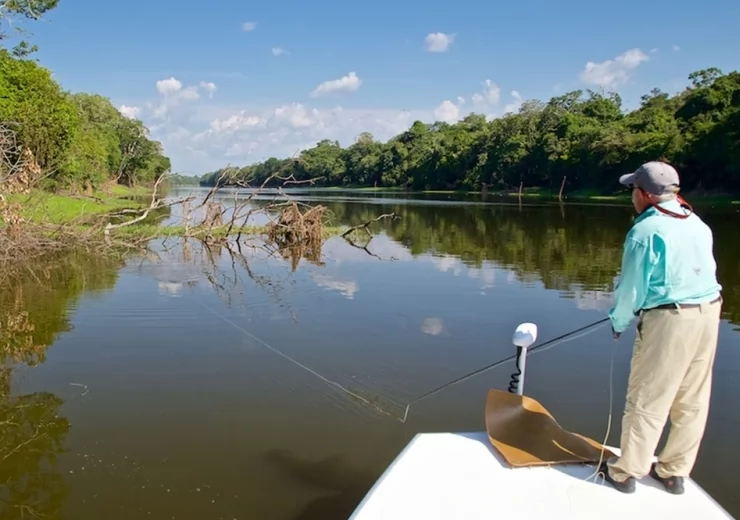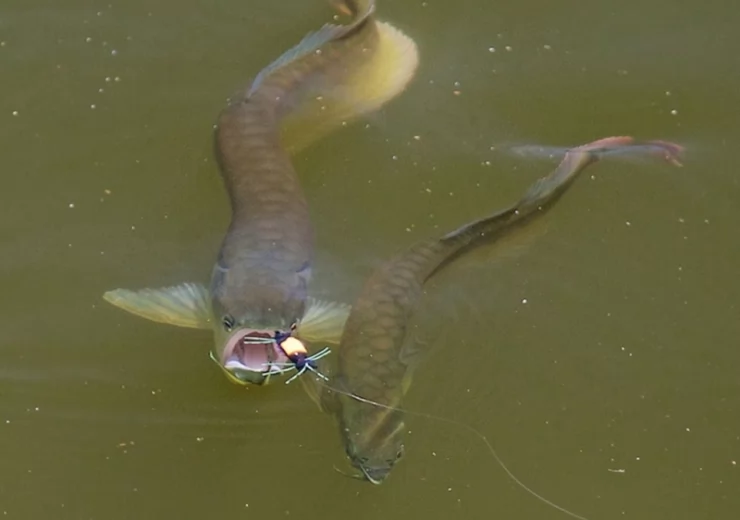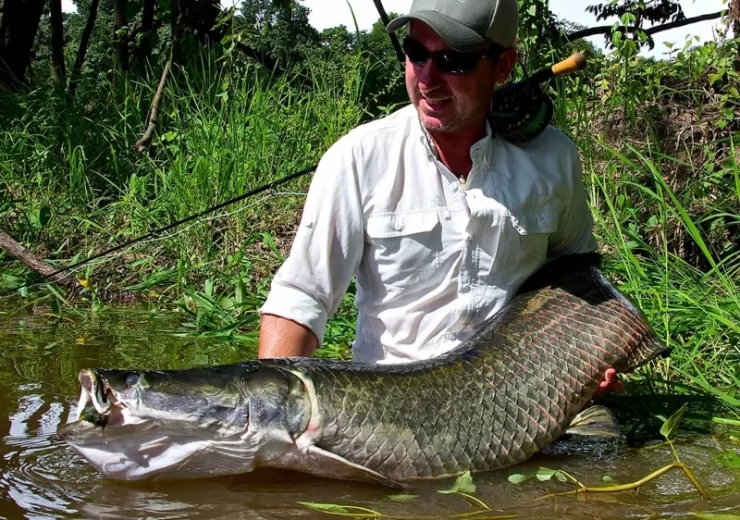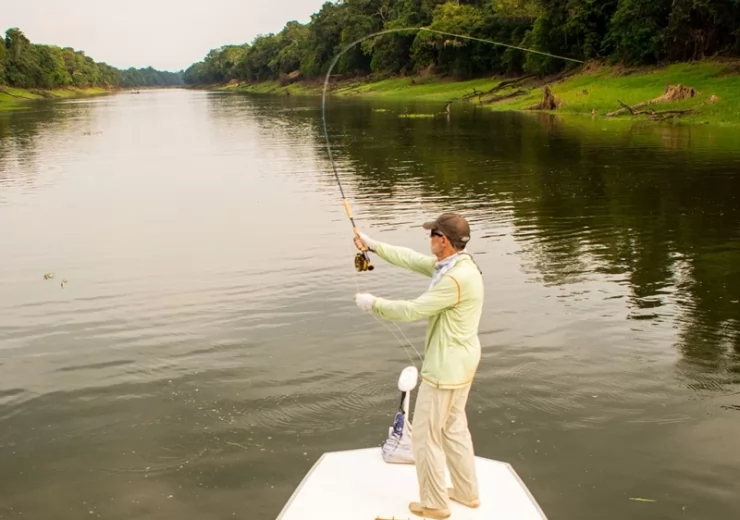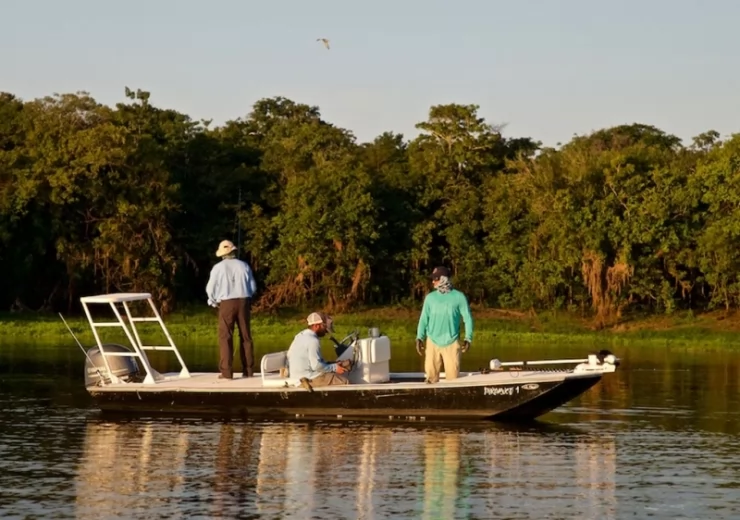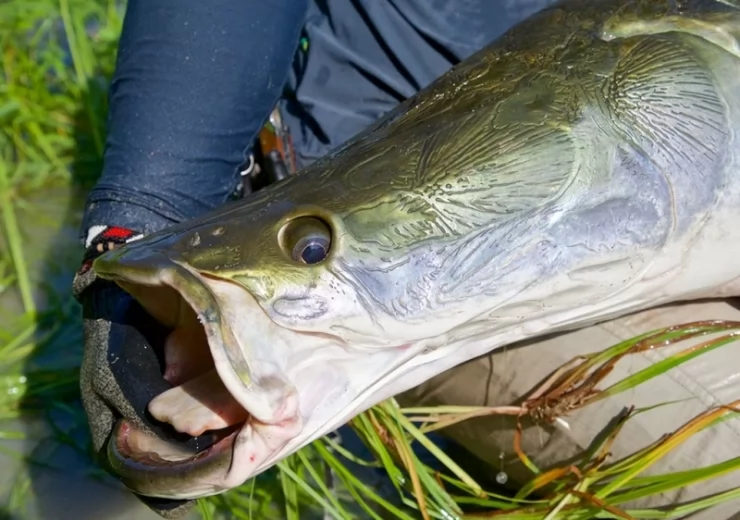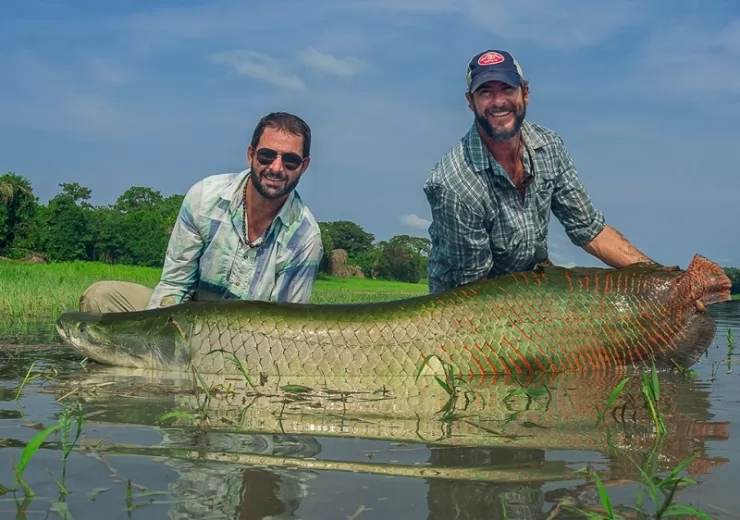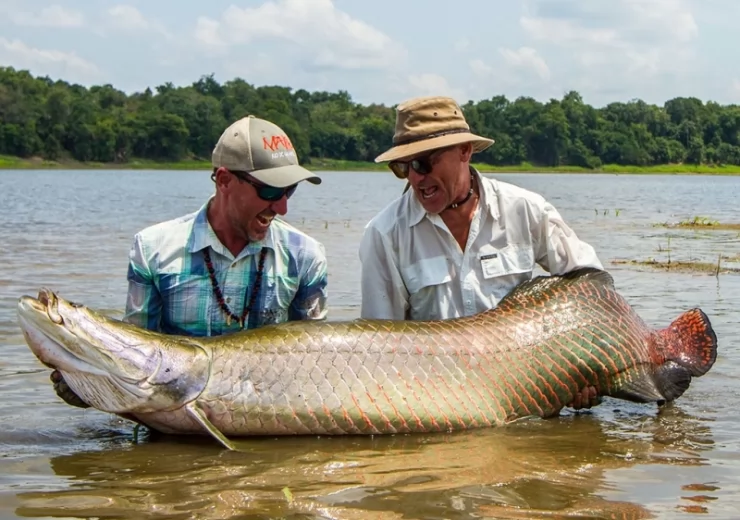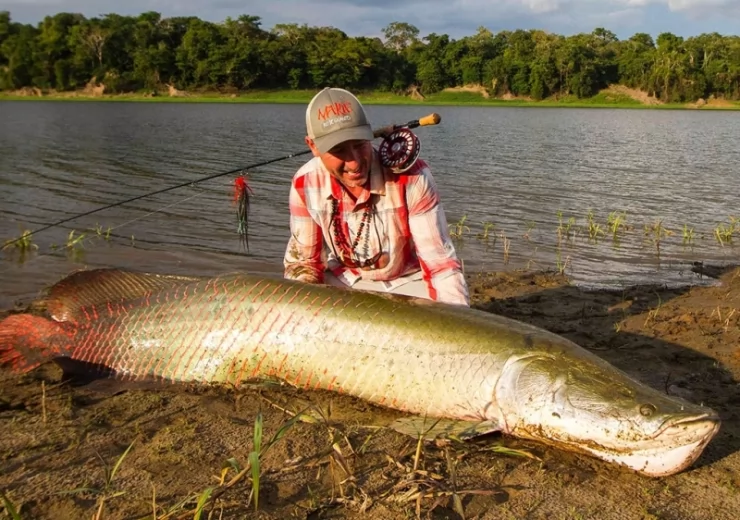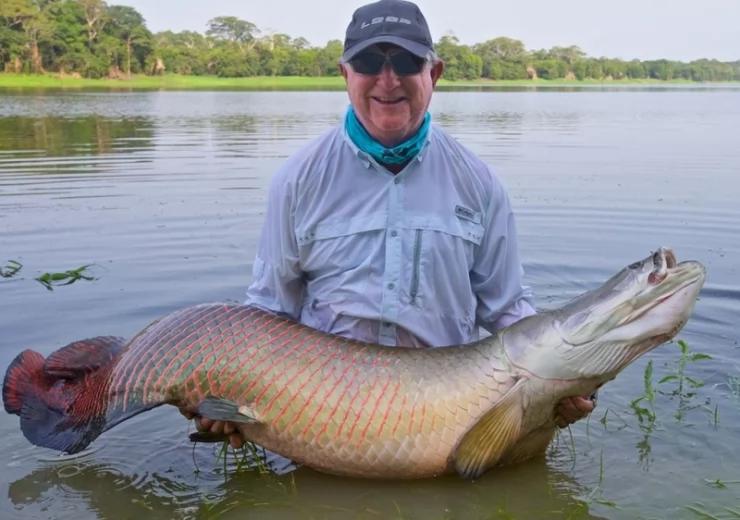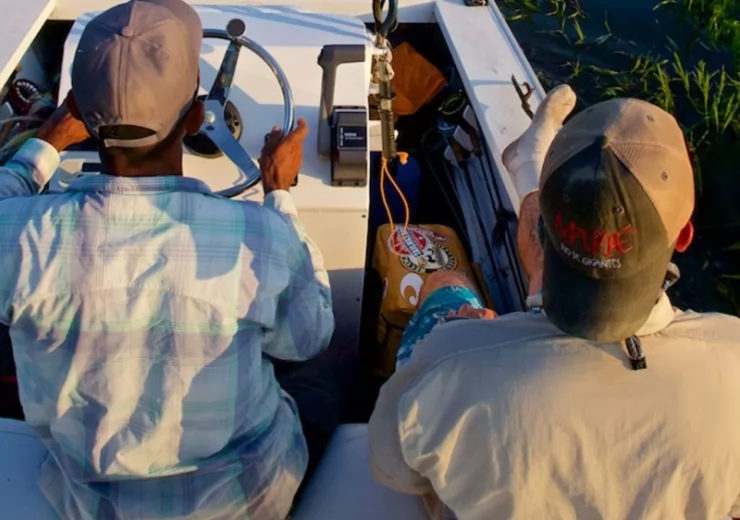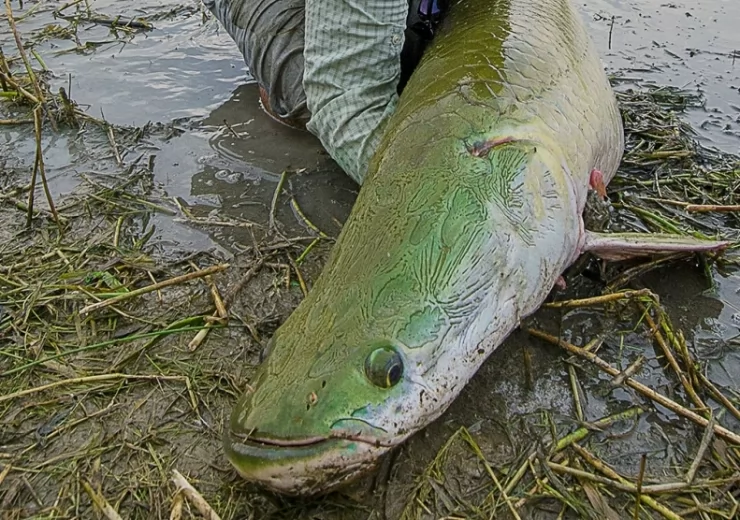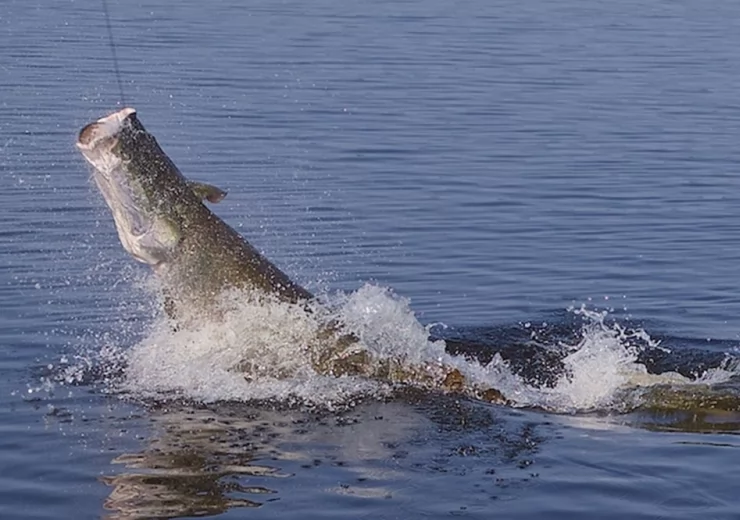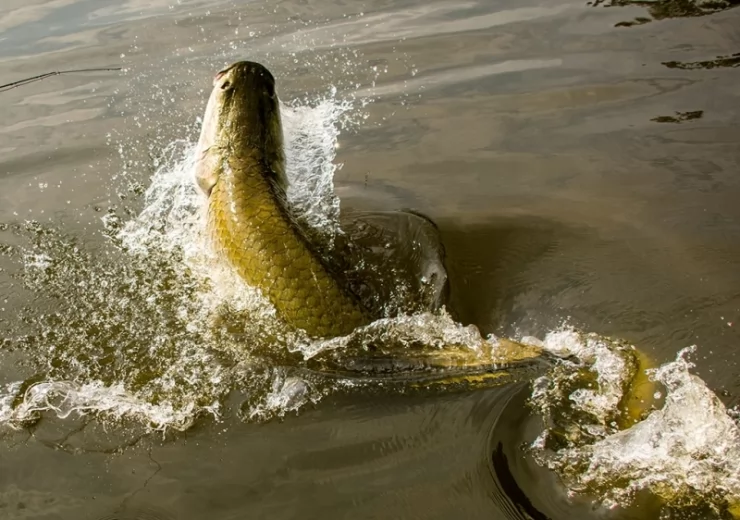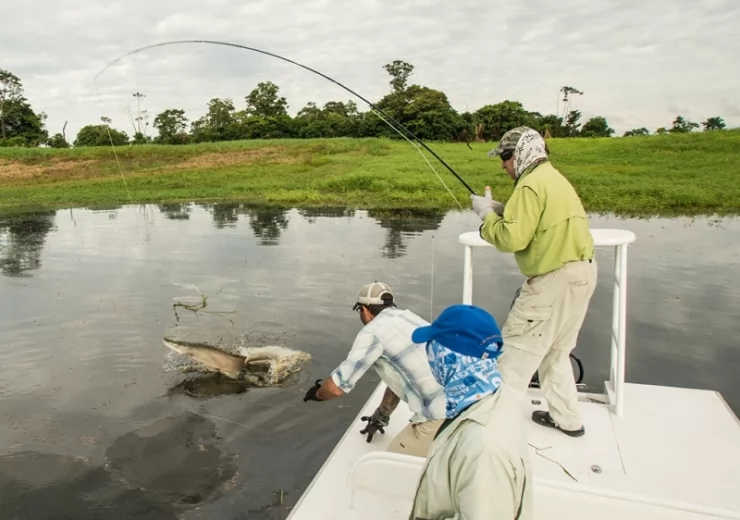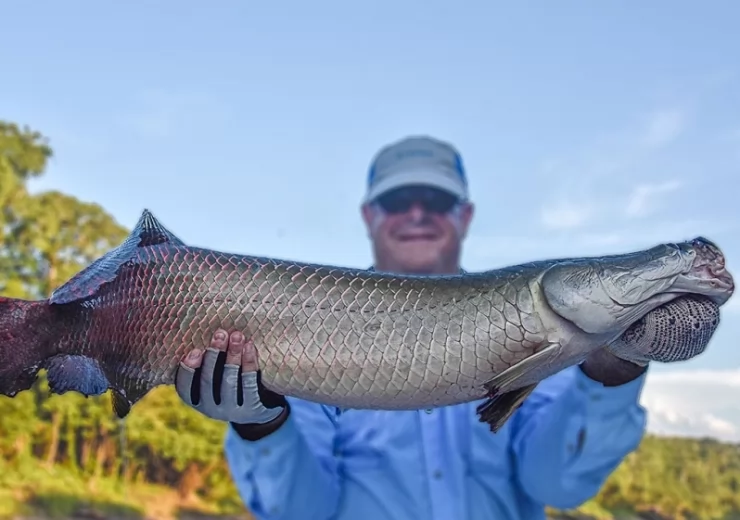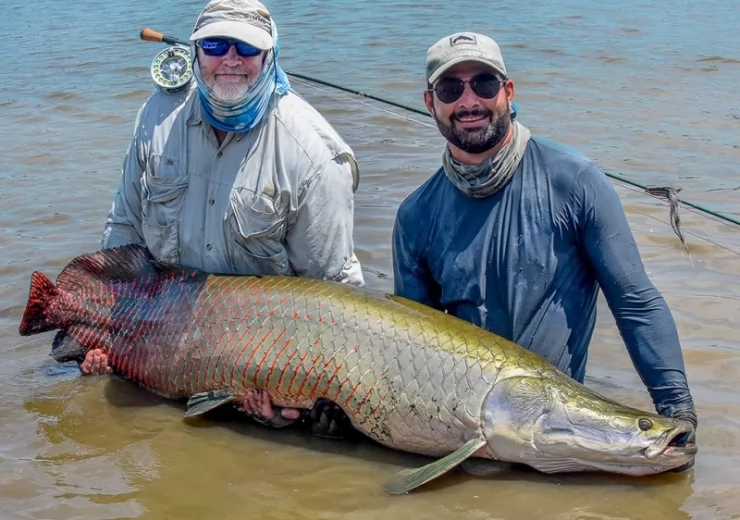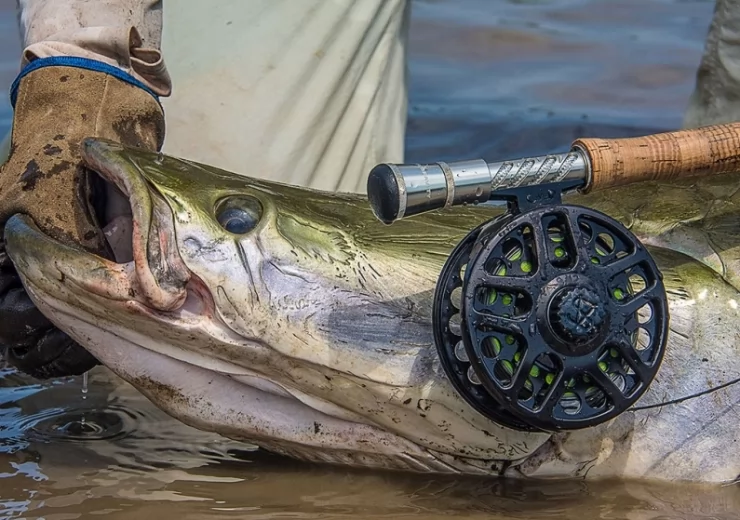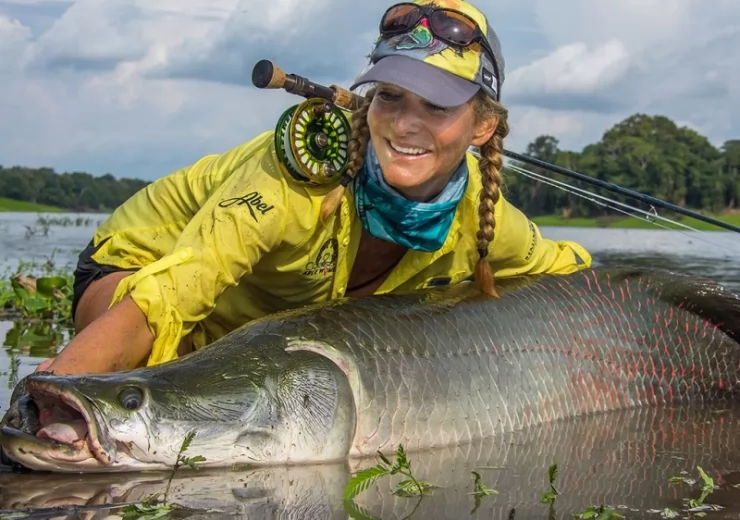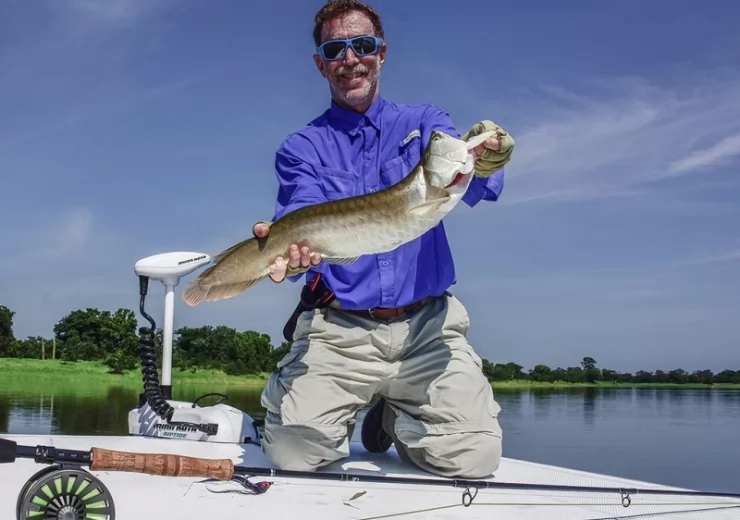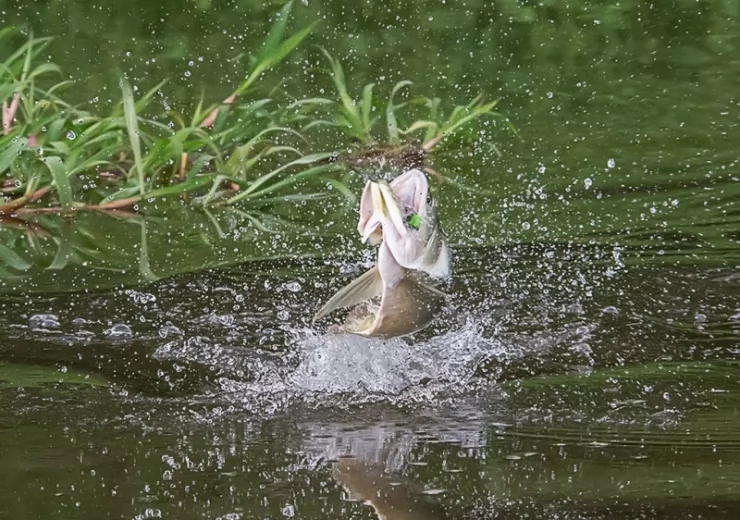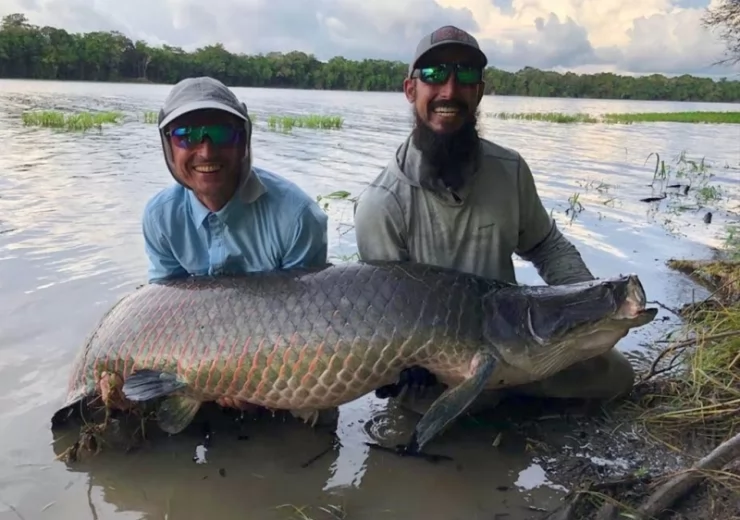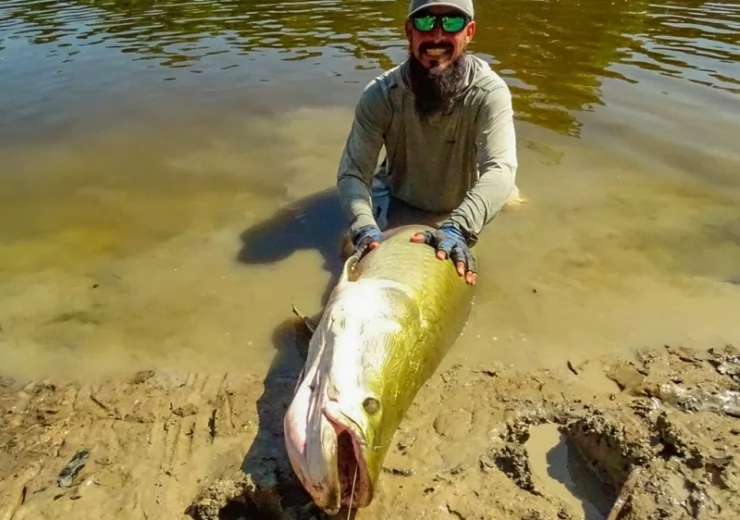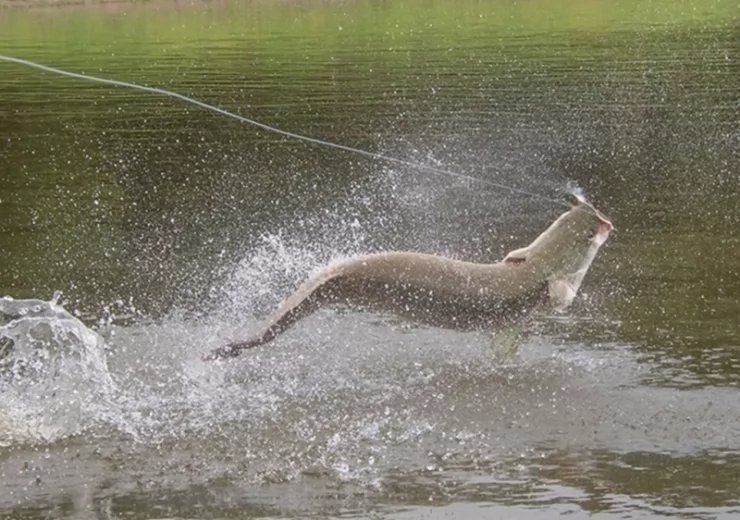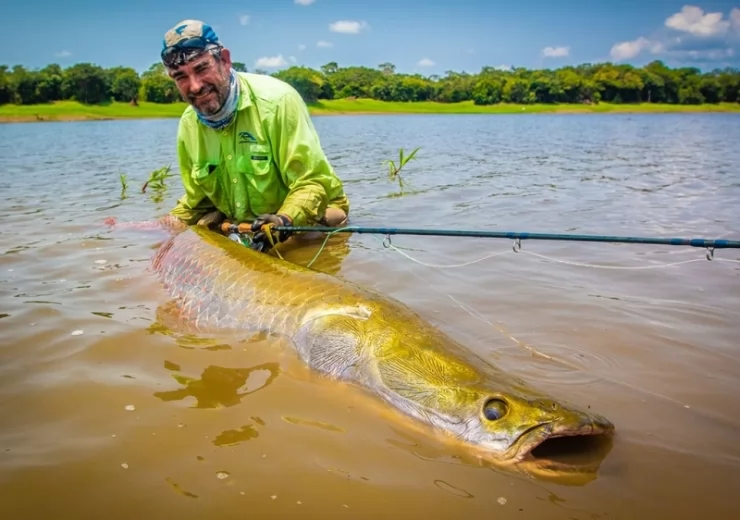Overview
Habitat:
These fish inhabit a wide range of aquatic habitats within the Amazon Basin. Because they are capable of obtaining oxygen from the surface, they are not restricted to clear waters like some other species may be. They can inhabit floodplains, tributaries, lakes, swamps, and more. These fish go wherever the water takes them!
Feeding:
Rather opportunistic, these fish will feed on just about anything they come across. They are carnivorous, which means that they subside primarily on meat and rarely eat vegetation. Some common prey items include a variety of fish, crustaceans, insects, and any land animal small enough to fit in its mouth. When food is scarce they have also been known to munch on fruits and berries they find in the water.
Gear and equipment
In the shallows bays of the lake, these rolling fish offer more of a sight casting opportunity then in the deeper parts. Anglers will be searching lakes, channels, and rivers in looking for of these pods of fish, similar to hunting the flats and mangroves for tarpon. Be prepared, that while you see the rolling fish, it is usually the fish on the bottom and mid water column that hit your fly. During each fishing week, an experienced angler is likely to hook a fair number of Arapaima, whose average size is an astounding 60 pounds. For numbers, it is better to go for the shallower smaller (10-60lbs) fish in the bays. For the larger and potential trophy fish (80- 300lbs), anglers should concentrate on blind casting and dredging the depths of the lake and channels where the concentration of fish are rolling. The toughest part of fishing for Arapaima is the hook set. Possessing mouths like stone and bone, anglers will need to get a firm hook set and constantly keep the pressure on the fish. Again fishing for Pirarucu is very similar to fishing for tarpon.
RODS
For Arapaima, bigger rods in the 10 to 12 weight range are best as these fish can range from 100-400 pounds. It is best to have at least three rods rigged with different lines and/or flies in the boat, one set up for arapaima and one or more for the other species. We recommend having one 10/11 weight rod for the smaller Arapaima with intermediate line and a 12 weight rod for the Giant Arapaima rigged with a 400-600g sinking line. Please plan on bringing an extra backup rod. Powerful rods with a strong butt section are recommended.
REELS
As with rods, reels that have been designed for saltwater fly-fishing are the best choice. These jungle fish will test your stripping fingers more than your reel, but in the event you can get them on the reel before they get into the wood, reels with strong smooth drags are recommended. Bring a trusted reel that you feel comfortable with. Weight of the reel is important also since you will be casting a lot. 30-pound backing is required. We recommend the Silver King reels from Nautilus.
LINES
Most of the Arapaima fishing is done dredging the depths, so sinking lines are a must, such as a fast sinking sink-tip 24-foot 400 to 600 grain. We strongly suggest you bring at least two back up fly lines, as the the Pirahnas on occasion will bite your line while stripping in or fighting a fish. For the floating and intermediate lines, weight forward lines designed specifically for the tropics and saltwater are what you want. Rio Outbound Tropical Short or comparable, ultraaggressive, warm water fly lines hands-down work the best. Another amazing line is the Rio Tropical Outbound Short clear intermediate tip line, the 30ft INT/15ft Clear. Full floating Tropical Outbound Shorts are excellent for effortlessly throwing giant wind resistant poppers and baitfish streamers. Do not bring cold water floating lines, as the hot weather makes these lines soft and gummy. Important Note. Bring 50-80lbs core resistant fly flines. The Rio Leviathan, Outbound and the Scientific Anglers Titan are good choices.
LEADERS
Segar 60-80# (non-stretch) or 80-100# Flouro – leaders will be 5-7’ long straight with no butt section or tippet. For the smaller Arapaima bring spools of 20, 30, 40 # fluorocarbon also tied straight leaders of 5-7’ in length
FLIES
All Arapaima: Fishing is done using baitfish, patterns of all various weights and lengths. There is a new world here to discover. For baitfish imitations, streamers in white/yellow, solid black with glitter, black /purple and black/red, really any combination of these colors are very effective. Large Arapaima, we need heavily dressed flies in lengths from 4 to 12 inches, with good action in the water, in barbless 6/0 to 8/0 (high quality hooks asTiemco600SP or the Onwer Aki) are required.
As for patterns, the most typical flies used are synthetic material streamers such as the Glimmer Minnow and the Sardina Cruiser. However many baitfish imitations have proved to be very successful: Puglisi Streamers in medium to very big sizes, Whistlers, Umpqua’ s Jungle Love and Tarpon Snake, Decievers and Half and Half’s. Imagine that arapaima can eat a baitfish from up to 10 inches!! So plan to have big streamers in clear colors mixing with yellow/ red/orange and also darker colors as black&red and combinations.
Small Arapaima: Same as above but tied on 4/0-6/0 hooks. Best to have the strongest and sharpest hooks available.
Season
The season at Pirarucú runs from early oSeptember to the end of November. The dry season in this part of the Amazon runs from July through January, so this season straddles the middle of the dry season when water should be low and fish congregating in the lakes and channels. November 30th marks the end of fishing PIRARUCÚ.

